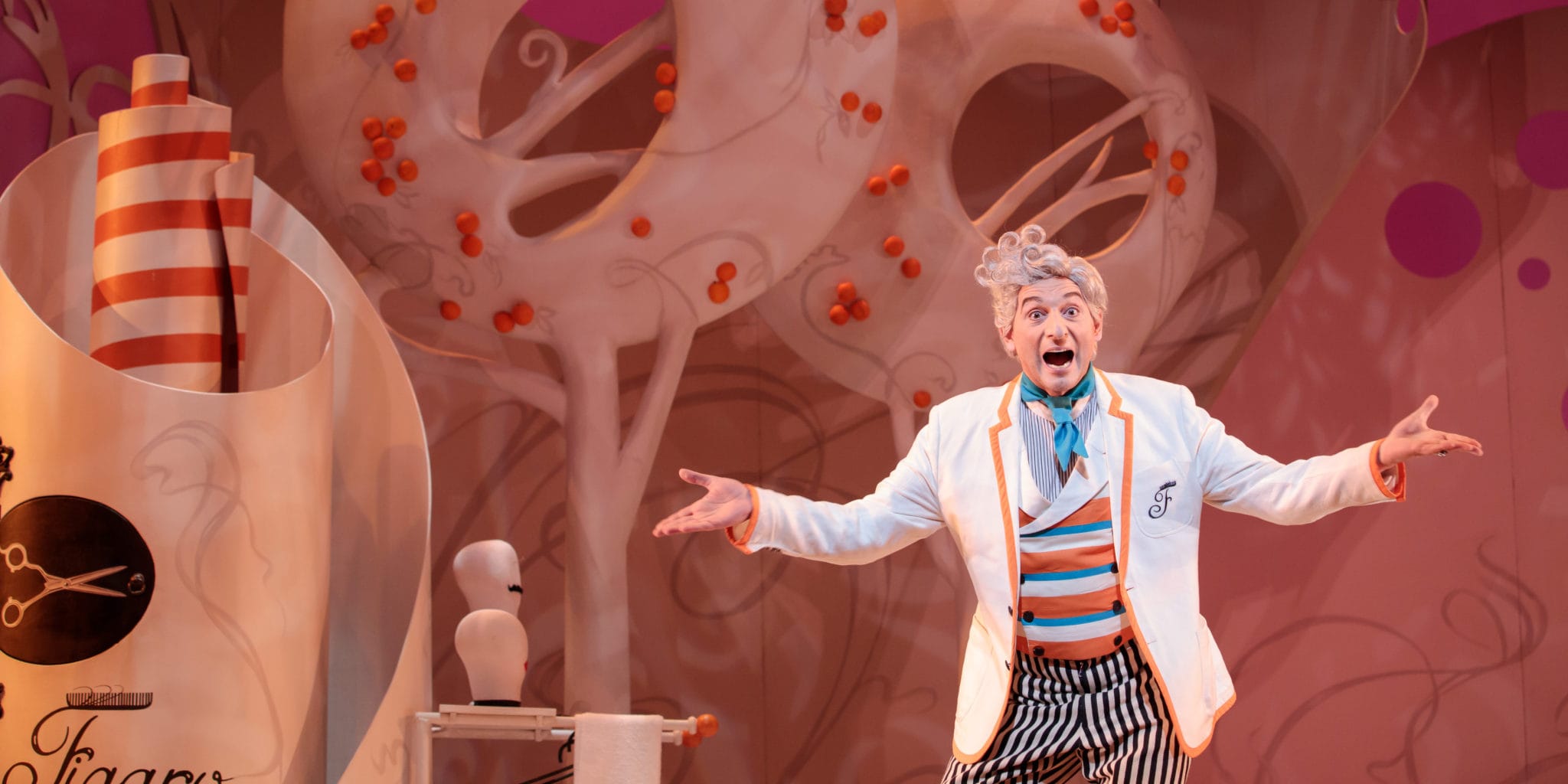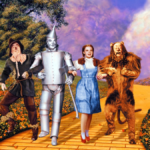Opera buffa, a genre brimming with comedic plots, lively characters, and infectious melodies, found its master in Wolfgang Amadeus Mozart. This article explores Mozart’s genius within this vibrant genre, focusing on his iconic operas like “The Marriage of Figaro,” “Così fan tutte,” and “Don Giovanni.” We’ll uncover how Mozart’s musical brilliance and insightful understanding of human nature shaped these operas, while also examining the cultural context that inspired these timeless treasures. Have you questioned the meaning of “much madness is divinest sense”? Or are you curious to know more about the “plof medical abbreviation”? You’ll find all the answers right [here](https://www.lolaapp.com/much-madness-is-divinest-sense) and [here](https://www.lolaapp.com/plof-medical-abbreviation).
The Wacky World of Mozart’s Comic Operas
Opera buffa, the “sitcom” of the 18th century, offered audiences a delightful escape into humorous everyday scenarios, set to stunning music. Born in Italy, this genre quickly captivated audiences with its relatable stories and use of colloquial language. Unlike its serious counterpart, opera seria, opera buffa embraced a lighter, brighter musical style characterized by faster tempos, intricate vocal passages, and the playful sounds of wind instruments.
Mozart’s Comic Mastery
Mozart transformed opera buffa, infusing it with his unique genius. His later works—The Marriage of Figaro, Don Giovanni, and Così fan tutte—stand as undisputed classics. These operas are not simply humorous; they are intellectually stimulating, emotionally complex, and musically brilliant. Mozart expertly crafted intricate plots, developed relatable characters (even amidst their absurdity), and composed music that seamlessly blends sophistication with laugh-out-loud humor.
Mozart’s Comic Evolution
Mozart’s journey into opera buffa began with early works like La finta semplice and Bastien und Bastienne, which served as his initial foray into the comedic style. These early attempts reveal his experimentation and exploration of the genre’s potential. However, his later operas demonstrate his growth and maturity as a composer. These masterpieces showcase increased complexity, emotional depth, and a remarkable fusion of comedy and drama, a testament to his exceptional talent.
Vienna: A City of Inspiration
18th-century Vienna, a vibrant and bustling city with a voracious appetite for entertainment, provided the perfect backdrop for Mozart’s creative endeavors. Opera buffa thrived in this environment, and Mozart was at the center of it all. Vienna served as his creative playground, a place where he could experiment and push the boundaries of opera buffa. Historians, such as Mary Hunter, author of Opera Buffa in Mozart’s Vienna, suggest that the city’s dynamic social scene likely influenced Mozart’s work, providing him with an eager audience ready to embrace laughter and entertainment.
Unveiling Hidden Gems
While Figaro and Così enjoy widespread acclaim, Mozart’s lesser-known comedic operas offer hidden treasures waiting to be discovered. Exploring these works provides a deeper understanding of his versatility and creative range. Examining the audience reception during Mozart’s time and the continued reinterpretations of his operas today reveals their enduring appeal. Each generation finds new reasons to appreciate these masterpieces, ensuring their continued relevance centuries later.
The Enduring Power of Laughter
Mozart’s opera buffas are not merely relics of the past; they remain relevant and entertaining in the present day. They remind us that even amidst life’s absurdities, there is always room for humor and music. Ongoing research explores this period of musical history, and some experts believe the enduring popularity of these works suggests that humor transcends time and cultural barriers. Mozart’s undeniable musical genius further contributes to their timeless appeal. So, the next time you seek a dose of witty, musically brilliant entertainment, explore Mozart’s opera buffa and discover your own comedic masterpiece.
Mozart’s Quintessential Opera Buffa: The Marriage of Figaro
Opera buffa, known for its lighthearted satire of the upper class, found its champion in Mozart. Among his many contributions, “The Marriage of Figaro” shines as a prime example. Premiering in 1786, “The Marriage of Figaro” (Le nozze di Figaro) embodies the essence of opera buffa. Its twisting plot, larger-than-life characters, and unforgettable music combine to create a truly captivating experience.
The story revolves around Figaro, a quick-witted servant preparing to marry his beloved Susanna. However, their journey to marital bliss encounters a significant obstacle in the form of their employer, Count Almaviva. The Count, seeking to exploit an outdated tradition, aims to seduce Susanna before her wedding. Fortunately, Figaro and Susanna, with their combined intelligence, devise a plan to outsmart the Count. With the help of the Countess, weary of her husband’s infidelity, and other allies, they embark on a battle of wits filled with mistaken identities, concealed letters, and near misses.
“Figaro” transcends mere amusement. It subtly critiques the aristocracy, exposing their detachment from reality and sense of entitlement. Some scholars suggest that the opera’s satire may have even played a minor role in the events leading up to the French Revolution, albeit with ongoing debate about its true influence. Regardless, the opera’s social commentary provides food for thought.
While “The Marriage of Figaro” stands as a quintessential example, other notable Mozart opera buffas include “Così fan tutte” (exploring the complexities of fidelity) and “Don Giovanni” (sometimes classified as dramma giocoso due to its blend of comedy and drama). These works, like “Figaro,” delve into themes of love, infidelity, and class conflict, all enveloped in delightful music. Mozart’s ability to create relatable characters, even in the most absurd situations, further enhances their appeal.
“The Marriage of Figaro” is a masterpiece of opera buffa, demonstrating that opera can be simultaneously humorous, thought-provoking, and utterly captivating. It serves as an excellent starting point for those seeking to explore Mozart’s operas or the genre as a whole.
| Opera | Premiere Date | Brief Description |
|---|---|---|
| The Marriage of Figaro | 1786 | A servant and his bride-to-be outsmart their philandering employer. |
| Così fan tutte | 1790 | Two men test their fiancées’ fidelity with a complicated wager. The results are, shall we say, mixed. |
| Don Giovanni | 1787 | A charismatic but ruthless nobleman faces the consequences of his actions. (Sometimes classified as more of a blend of comedy and drama) |
New productions, each with a unique interpretation, continually emerge, adding to the genre’s vitality. This ongoing evolution is part of what makes opera so engaging—there’s always something new to discover.
Mozart’s Operatic Masterpieces: Figaro and Don Giovanni
Mozart’s operatic genius is perhaps best exemplified by two of his most celebrated works: The Marriage of Figaro and Don Giovanni. These operas solidified his status as a master, demonstrating his exceptional ability to blend humor and heartbreak, create unforgettable characters, and compose simply magical music.
The Marriage of Figaro, composed in 1786, can be likened to a palace sitcom, brimming with misunderstandings and comedic chaos. The story follows servants Figaro and Susanna as they navigate the obstacles to their wedding, particularly the unwelcome advances of their employer, Count Almaviva. The opera sparkles with witty dialogue, infectious tunes like Figaro’s “Non più andrai” and Cherubino’s “Voi che sapete,” and complex musical numbers where multiple voices blend into beautiful harmony. Figaro serves as a perfect illustration of opera buffa, the Italian term for “comic opera.”
Don Giovanni, premiering in 1787, offers a darker, more serious tone while retaining Mozart’s playful touch. Classified as a dramma giocoso (“playful drama”), it balances light and dark elements, telling the story of the notorious womanizer Don Giovanni. The opera chronicles his relentless pursuit of women and the ultimate consequences of his actions. The music, darker and more dramatic than Figaro, is equally brilliant. The chilling “Don Giovanni, a cenar teco,” the ghostly voice condemning Don Giovanni, exemplifies this shift in tone. Don Giovanni explores complex themes of obsession, morality, and the repercussions of one’s choices, ensuring its continued fascination for audiences centuries later. Despite his flaws, Don Giovanni remains a compelling character, drawing viewers into his story.
The enduring appeal of these operas lies in their masterful storytelling, breathtaking music, and memorable characters. They perfectly encapsulate Mozart’s ability to synthesize comedy and tragedy, creating operas that are both entertaining and thought-provoking. Scholars suggest that Lorenzo Da Ponte’s librettos, written for both operas, played a crucial role in their success, complementing Mozart’s musical genius with witty language and dramatic pacing.
While other Mozart operas like The Magic Flute and Così fan tutte may be championed by some, Figaro and Don Giovanni consistently rank among his most popular and influential works. Their impact on opera is undeniable.
| Opera | Premiere Date | Genre | Description
- Unlocking 2-Letter Words with U: The Definitive Guide - April 4, 2025
- Unlock Words with the Letters THREE: Top Unscramble Tools 2025 - April 4, 2025
- Master Scrabble: X & Z Words for High Scores - April 4, 2025

















1 thought on “Mozart’s Hilarious Genius: A Deep Dive into Opera Buffa”
Comments are closed.